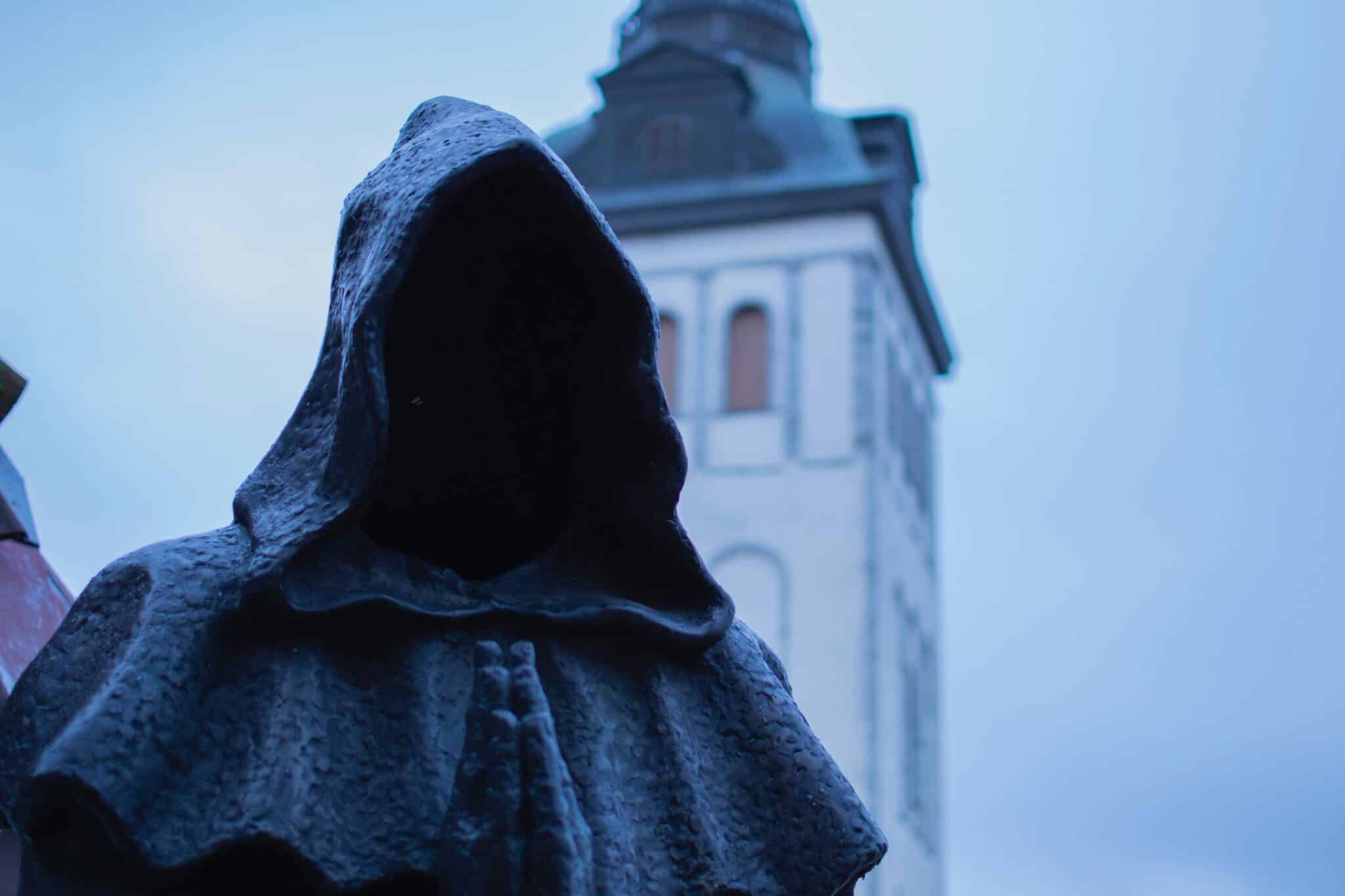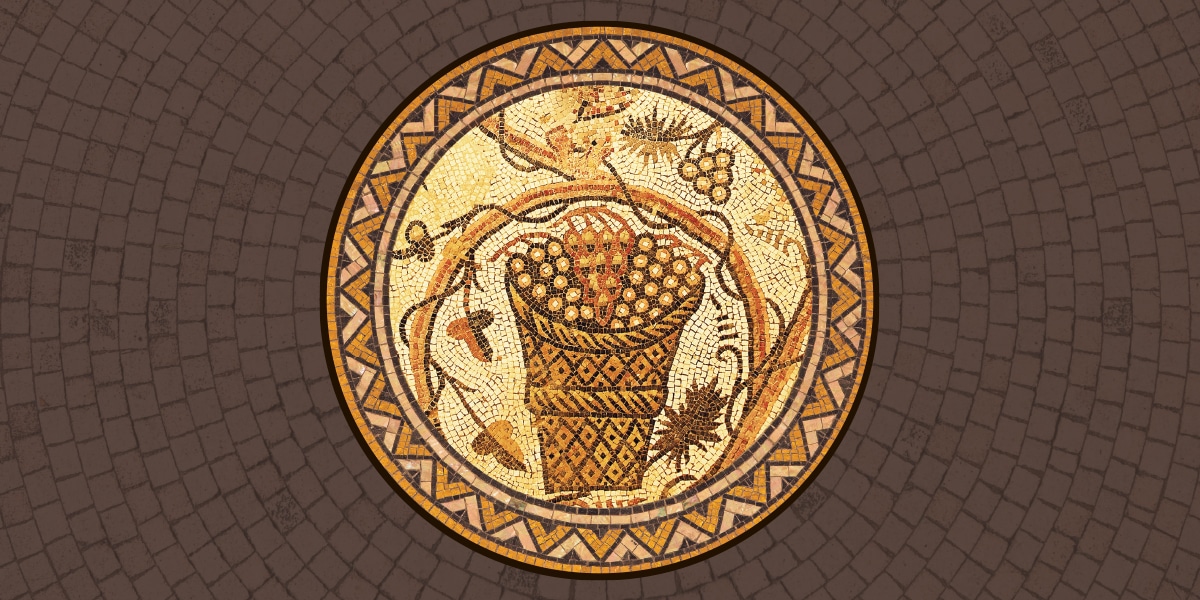Q: Who decreed that all clergy and the majority of the many orders of brothers and sisters must wear black? I can understand how there might be a practical reason, but it seems unfair to take the stand that clothing makes the religious better people because they wear a certain habit or a priest more holy because he wears black every minute.
Is it not true that in their beginnings most religious leaders wore the contemporary clothing of their day? Then why is it wrong to wear (modesty and good taste being observed, of course) contemporary clothing?
A: I speak here of home and street clothing, not liturgical vestments. According to the New Catholic Encyclopedia, special clerical dress outside of church did not exist much before the sixth century. Special clothing seemed to evolve because clergy drew from philosophers and ascetics and they already had distinctive clothing.
Even then, centuries passed without any definite regulations. The Council of Trent (1545-1563) merely urged dress conformable to the cleric’s order and propriety. Nothing was specified in regard to color. Apparently, black did not take over until the 17th century.
Pope Sixtus V (1585-1590) ordered the cassock for sacred and public functions. In the United States the Third Plenary Council of Baltimore (1884) determined that clerics were to wear the Roman collar and cassock at home and in the church.
Outside, the Roman collar and a coat of black or somber color reaching to the knees were to be worn. J.A. Shields, in this New Catholic Encyclopedia account, says this prescription was never formally revoked, but it has always been interpreted to mean clerics should conform to the style of conservative laymen.
The present Code of Canon Law (promulgated in 1983) simply says clerics are to wear suitable ecclesiastical garb in accord with the norms issued by the conference of bishops and in accord with legitimate local custom (#284).
In The Code of Canon Law: A Text and Commentary, John E. Lynch, C.S.P., informs us that on January 27, 1976, the prefect of the Sacred Congregation for Bishops recognized that it is proper for clergy and religious to wear clothing suitable to the occupations in which they are engaged, for example, recreation.
Lynch also states, “It would certainly be within the spirit of the law in the United States today to limit the use of clerical attire to situations in which the cleric is on duty, actually functioning as a cleric, or attending formal gatherings in the diocese. He could, for example, wear sport clothes while traveling or attending class.”
In many instances religious habits and dress reflect the common clothing of people in the founder’s time. The current Code of Canon Law rules, “Religious are to wear the habit of the institute made according to the norm of proper law as a sign of their consecration and as a testimony of poverty” (#669). Each order’s constitution or rule approved by Rome will describe that order’s habit.
In 1972 a letter from the Sacred Congregation for Religious and Secular Institutes said secular clothes are permitted when wearing a habit would impede the normal activities of the religious.
There are, of course, good reasons that can be offered for clerical and religious garb. But you are correct that, though religious dress may identify the wearer as a priest or religious, it isn’t clothing that confers virtue and holiness. If I remember my Shakespeare correctly, he says in Measure for Measure, “Cucullus non facit monachum” (“The cowl doesn’t make the monk”).









1 thought on “The Cowl Doesn’t Make the Monk”
while true that the habit does not make the monk it nonetheless is an external sign of an internal and spiritual commitment to the world as a consecrated religious,